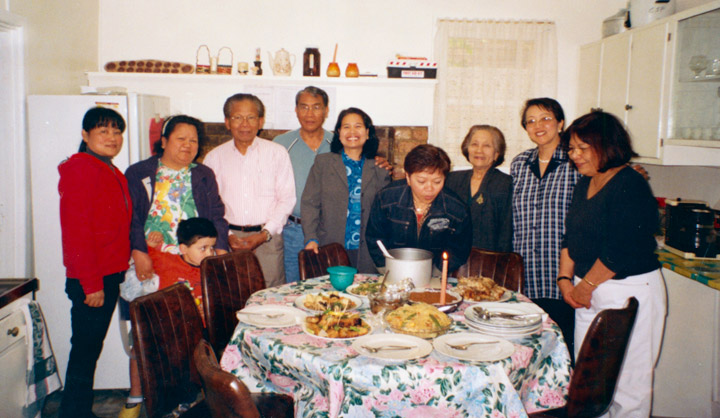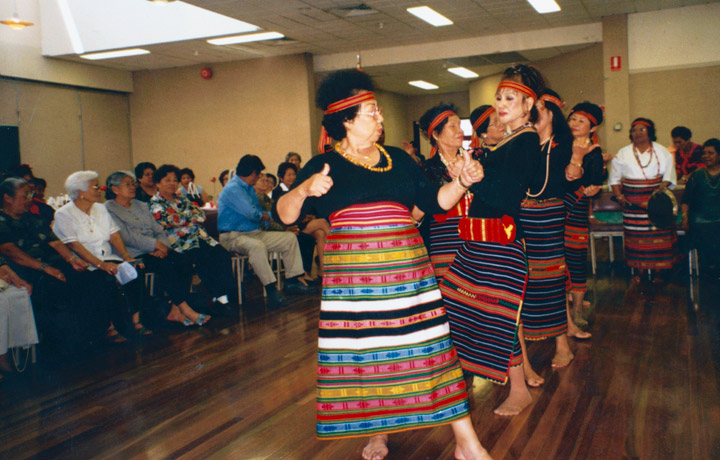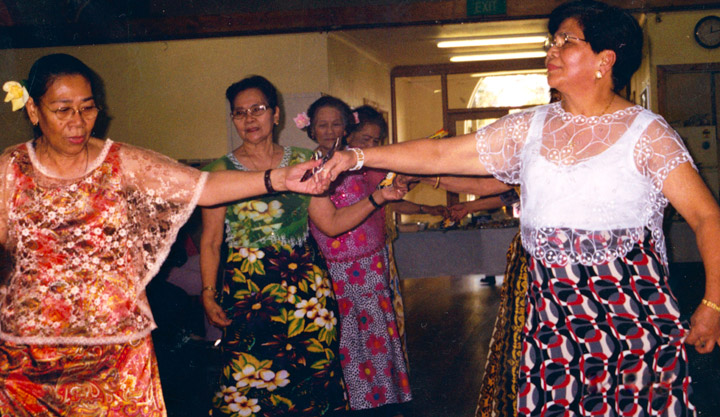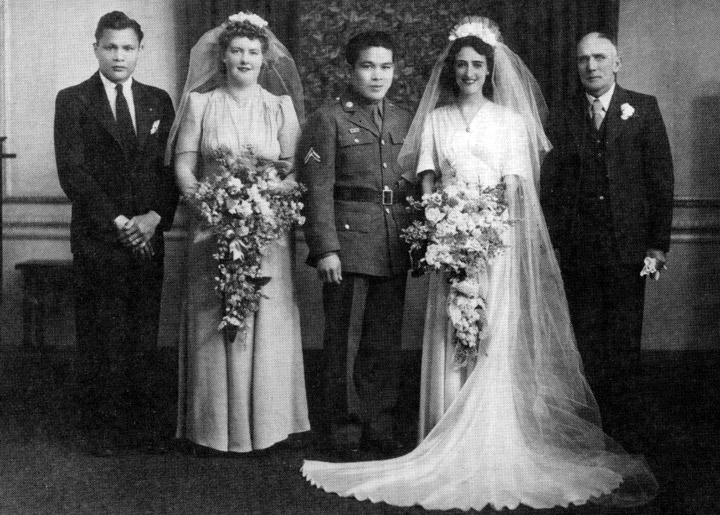Immigration History from Philippines (Tagalog) to Victoria
Noong simula ng ika-dalwampung sigulo 16 pa lamang ang bilang ng mga Pilipinong isinilang sa Pilipinas ang naninirahan sa Victoria. Sa sumunod na limangpung taon ang pag-laki ng bilang ng komunidad Pilipino ay na-kontrol ng polisang pang-immigrasyon at pag-gawa ng Australya.
Pagkalipas ng Ikalawang Digmaang Pandaigdig, sanhi ng 1949 War-time Refugees Removal Act sapilitang na-deport ang mga Pilipino at iba pang mga Asyano na napilitang tumakas mula sa pananakop ng mga Hapon sa kanilang mga sariling bansa. Sa pag-luluwag ng White Australia Policy noong 1950s nagsi-datingan ang mga Pilipinong mag-aaral sa Australya sa pamamagitan ng Colombo Plan. May ilan ding mga manggagawang may kasanayan at mga dalubhasa ang na-recruit mula sa Pilipinas upang mag-hanap-buhay sa Australya.
Malaki ang tinaas sa bilang ng mga Pilipinong migrante sa Australya noong 1970s. Mula sa kabuuang bilang na 467 noong taong 1971 lumaki ito sa bilang na 3,455 pagkaraan ng isang dekada. Sa pag-abolisa ng White Australia Policy noong 1973, naging maluwag ang immigrasyon para sa mga Pilipino. Dahil sa deklarasyon ng batas militar sa Pilipinas noong taong 1972, maraming mga Pilipino ang nag-pasyang manibagong buhay sa Australya.
Malaki ang tinaas ng bilang ng mga Pilipinong migrante sa Victoria simula noong taong 1981 hangang 2011; ito ay isa sa mga komunidad na lubhang lumaki ang bilang sa Victoria, mula 3,455 noong 1981 lumobo ito sa 38,004 na katao noong 2011. Noong mga panahong ito nagkaroon ng kapansin-pansin na pagtaas sa pag-migrate ng mga asawang Pilipino at mga katipan o fiancee sa pamamagitan ng Family Reunion Program.
Karamihan sa mga Pilipino sa Victoria ay naka-base sa mga kanluraning arabal ng Melbourne. Pitumpu't Tatlong porsiyento ng mga Pilipino na isinilang sa Pilipinas at naninirahan sa Victoria ay nag-sasalita ng wikang Filipino o Tagalog sa loob ng kanilang mga tahanan, habang dalwangput-isa porsiento naman ang gumagamit ng wikang Ingles sa loob ng kanilang mga bahay. Mayorya sa komunidad ay mga Katoliko at halos kalahati ng populasyon ay hindi pa umaabot sa edad na 40 taong gulang. Sangkapat sa mga Pilipinong nag-hahanap-buhay ay mga propesyonal habang isa pang sangkapat na may kasanayan ang nag-hahanap-buhay sa industriya ng pag-gawa at transportasyon.




